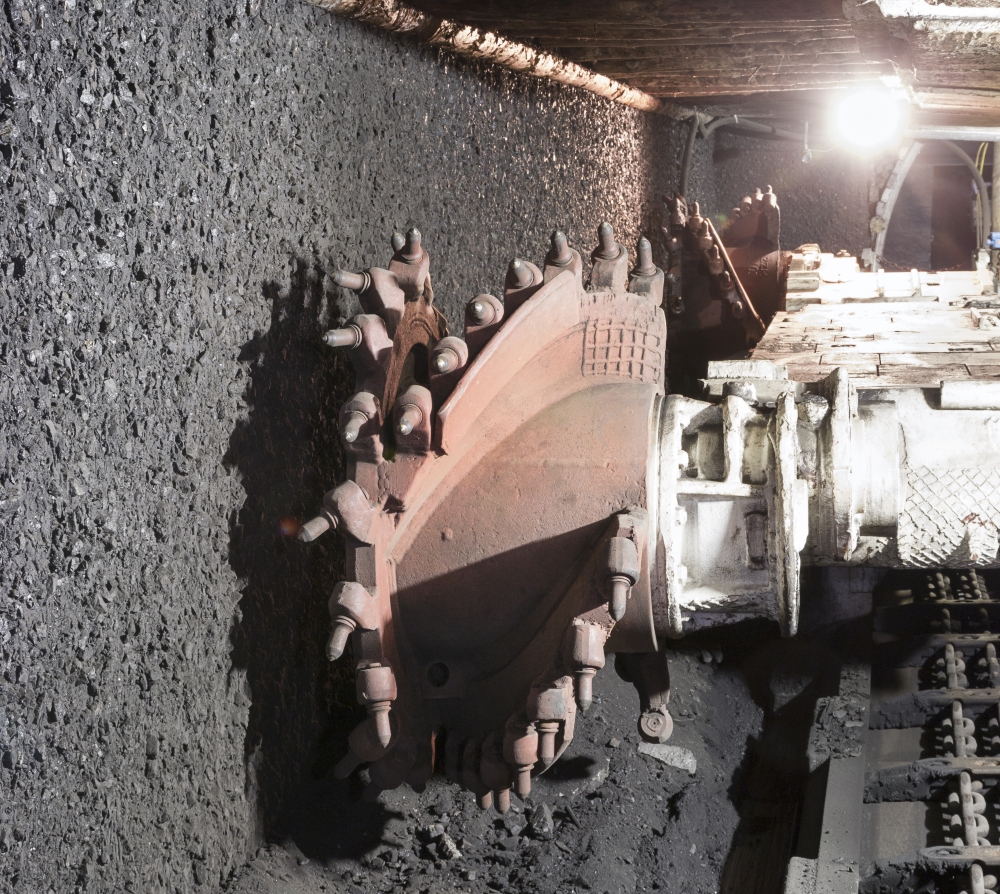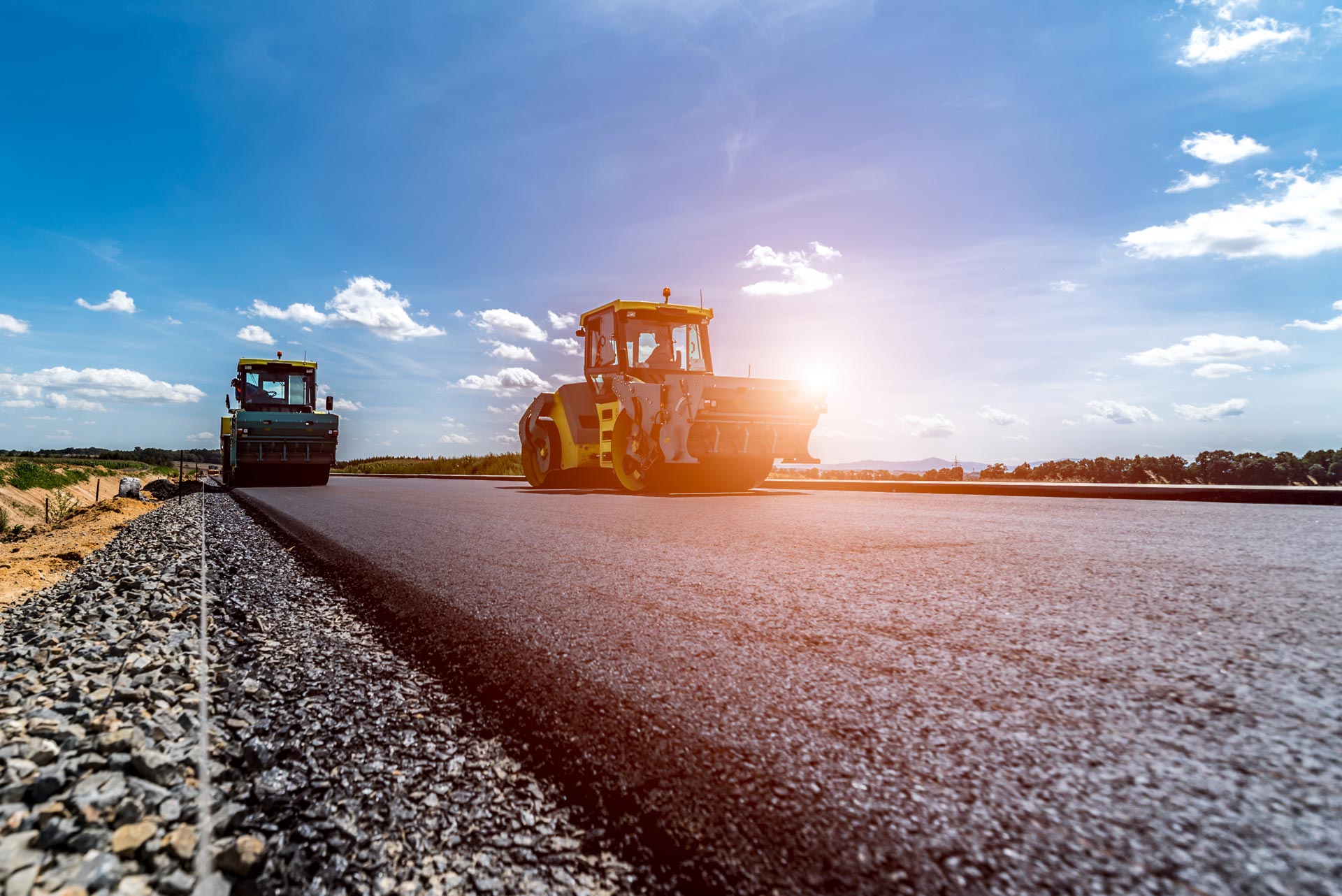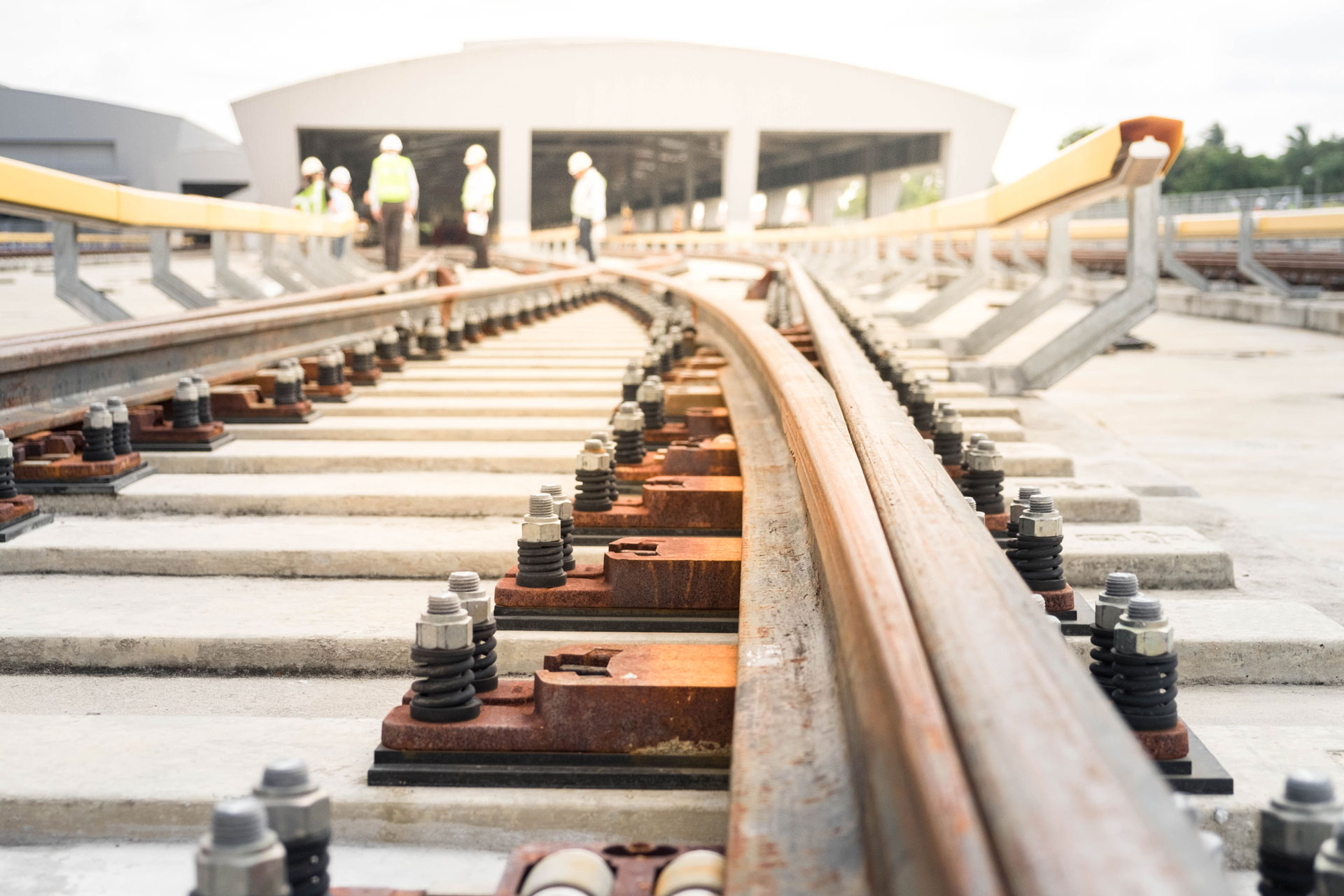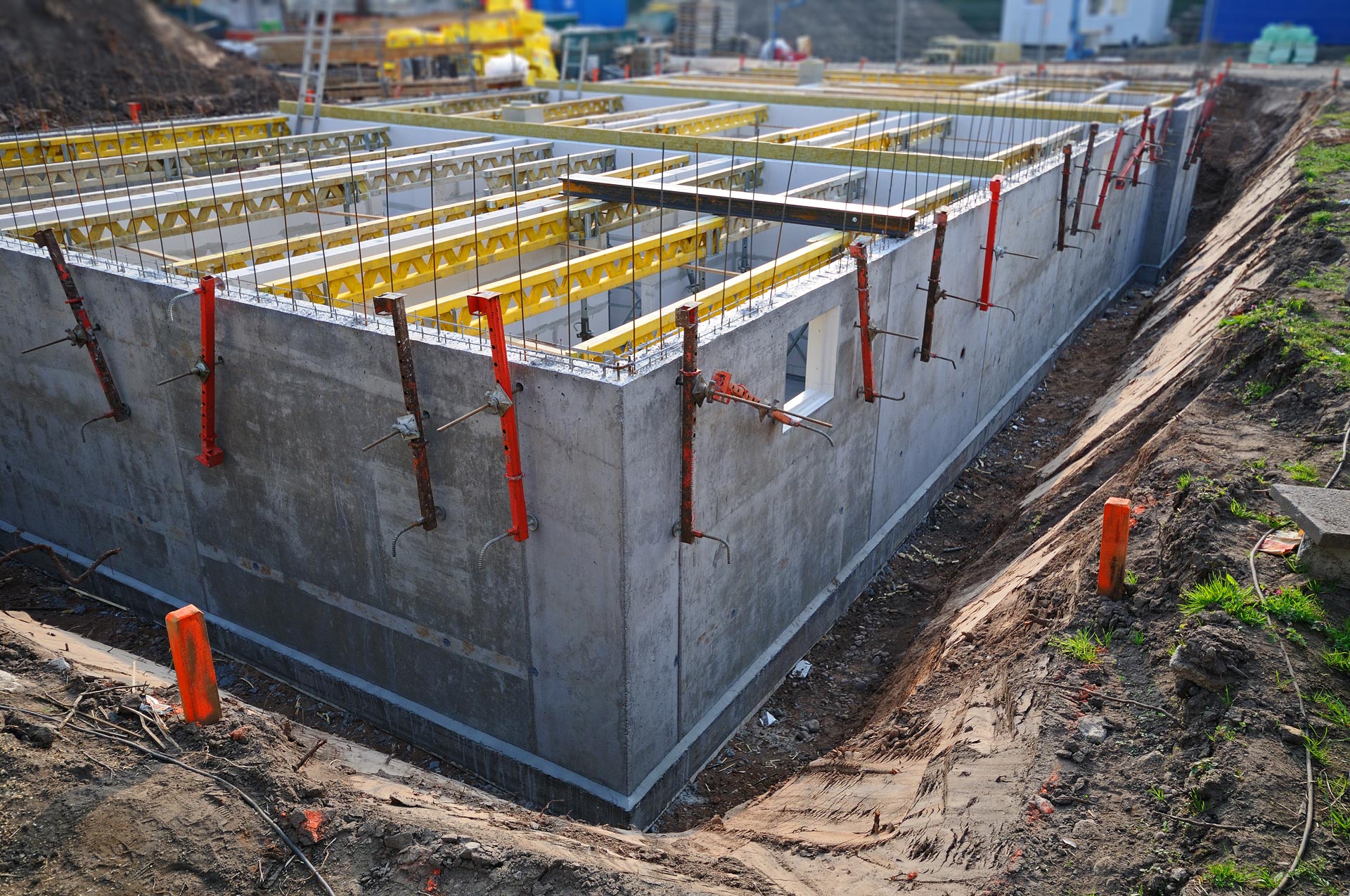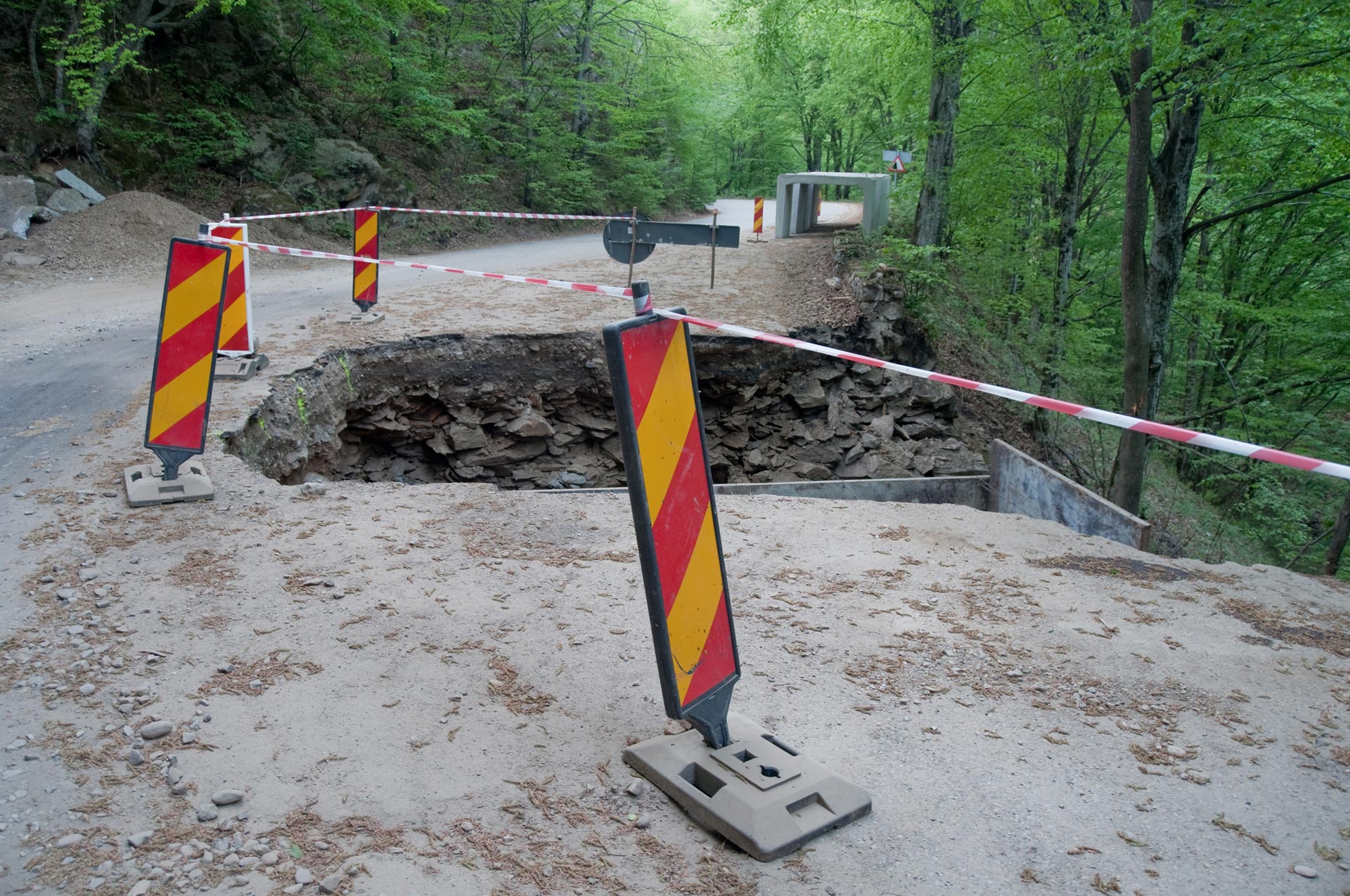Design
Corrosion Repair Strategies for Steel Girder Ends Using High Performance and Traditional Materials
This project investigated practical repair methods using high performance and traditional materials which can be applied to corroded and/or damaged steel girder ends in their in-situ state. Observed corrosion damage follows well known patterns: beam end corrosion is associated with leaking expansion joints and is most prevalent at bottom flange-to-web interfaces where debris accumulates, trapping moisture. The current state of practice for structural repair of beam ends is the complete replacement of the affected region. For localized damage, bolted or welded steel patches and/or doubler plates are used. An experimental study involving static tests of corrosion-damaged beam ends to failure is reported. End A tests were conducted without conditioning and End B tests were conducted following one million cycles of fatigue conditioning. Two control (undamaged Girder 1A and corrosion damaged Girder 2A) and four repair techniques (Girders 3-6) were tested: conventional bolted steel repair; ultra-high performance concrete (UHPC) encasement; normal strength reinforced concrete (RC) encasement; and adhesively bonded glass fiber reinforced polymer (GFRP) plates, respectively. All methods but GFRP performed well, restoring the undamaged strength and stiffness of the steel girder regardless of fatigue conditioning. GFRP repairs were unsuccessful. An extensive finite element modeling campaign was conducted and validated based on the experimental program. The modeling of the test specimens proved to be robust and captured observed behavior well. Recommendation for appropriate means of repairing corrosion damaged beam ends are provided.


